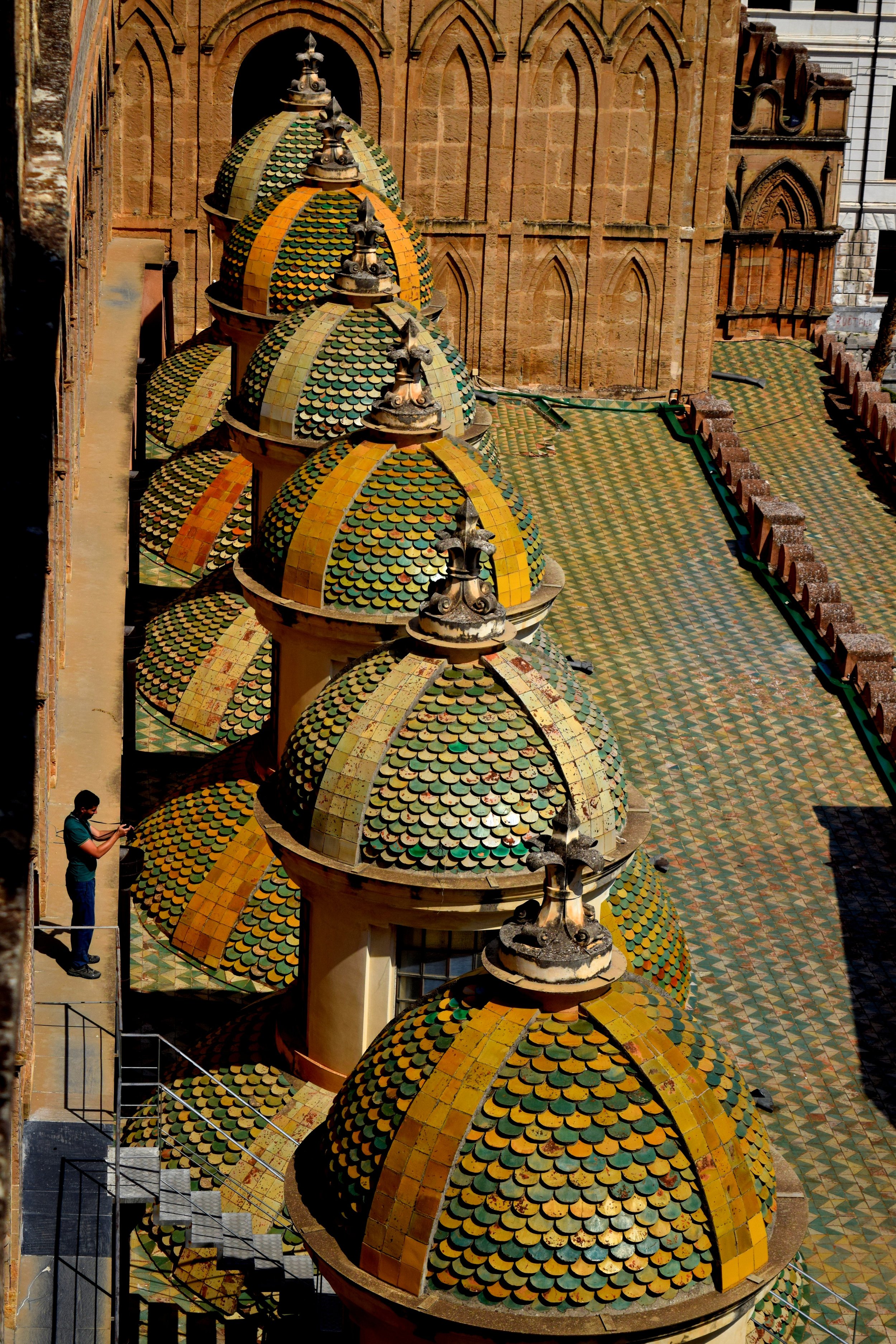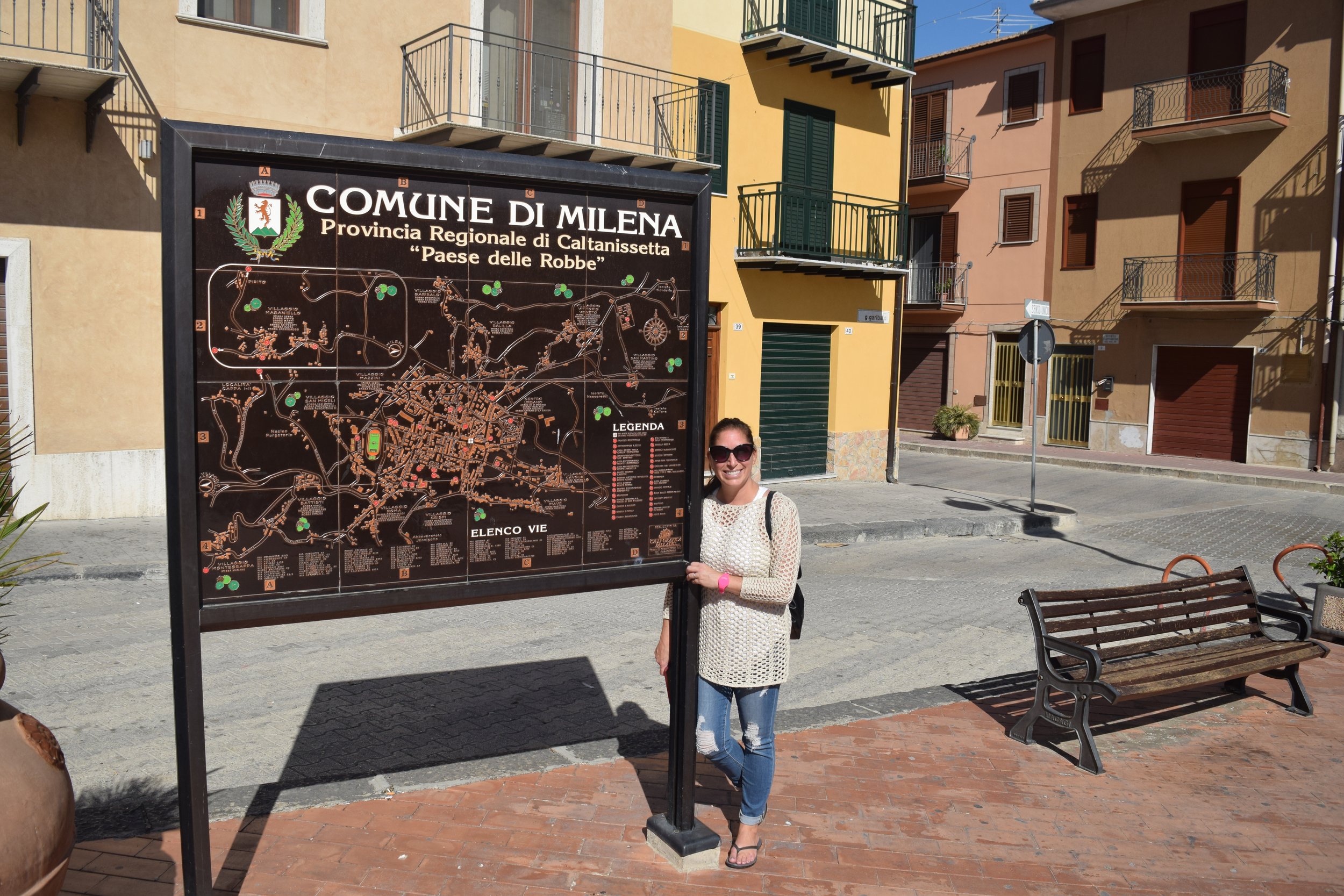Every town and region of Sicily is unique, and we focus on the wilder western half of the island - all within 2 hours of Bisacquino.
Abbreviated Sicilian Cultural History: Traces of the many cultures to control Sicily can be found everywhere: several major Greek archeological sites date back over 7000 years; crops and bazaar-like markets introduced by the Phoenicians, Carthaginians and Saracens shape today’s traditional Sicilian cuisine; Roman rule helped form the island’s infrastructure, architecture and commerce; the Normans built many castles and palaces and allowed previous cultures to coexist and flourish in Sicily; Aragonese/Spanish control brought baroque art and architecture… all of these cultures contributed to the identity of Sicily and its people prior to 1800.
The coastline varies tremendously - from beautiful beaches to wild nature preserves, steep cliffs to salt flats, big port cities to small fishing villages and everything in between. The interior of western Sicily is breathtakingly rugged, with winding roads through the mountains capped by ancient towns overlooking abundant valleys.
Below is a sampling of some of the attractions of western Sicily:
Archeological Parks:
Central and Western Sicily is home to three major archeological parks full of temples and ruins dating back to when Sicily was in important part of Magna Grecia: Selinunte (near Castelvetrano, and the largest archeological park in Europe), the Valley of the Temples (Agrigento) and Segesta (between Palermo and Trapani). Each are unique and worth seeing, especially for those interested in history and architecture.
The Beaches of Western Sicily
The Tyrrhenian Sea runs along the north/northwest coast of Sicily, facing mainland Italy. Some of the best beaches on the Tyrrhenian include San Vito lo Capo, Zingaro nature preserve, Scopello, Castellammare del Golfo, Sant’Elia, Cefalu and Finale.
The Mediterranean Sea runs along Sicily’s southern/southwestern coastline, facing Tunisia and Libya. Some of the best beaches on the Mediterranean include Selinunte, Porto Palo, San Giorgio, Heraclea Minoa and Scala dei Turchi.
Palermo Area
Palermo is the capital of Sicily and has the best airport (PMO) to explore the western half of the island. The historical center of Palermo is a cultural jewel, full of Arab, Norman, Roman and Baroque architecture and influence - with hundreds of amazing churches and palaces, magnificent opera houses, several ancient bustling street markets and world-renowned cuisine that you can only find here. There are many unique areas surrounding Palermo as well: to the south - Monreale has an epic and important cathedral; to the east - Cefalu and the Bagheria area offer both historic architecture and beautiful beaches; to the west - Monte Pellegrino towers over the city and is home to the Sanctuary of Santa Rosalia (patron saint of Palermo), followed by many small coastal villages and the airport.




















































































